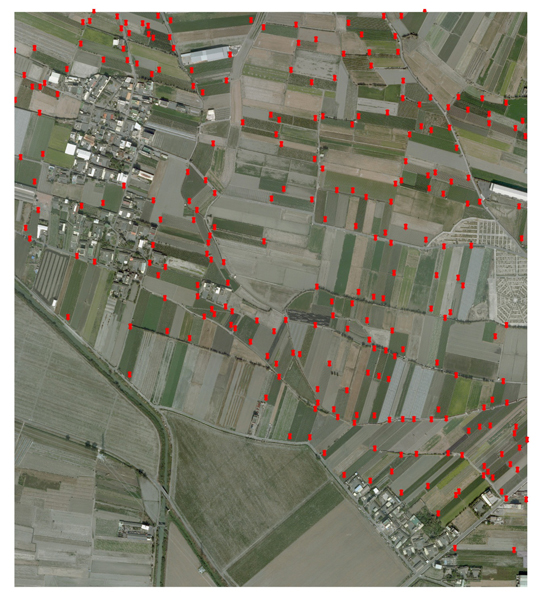Innovative techniques
In recent years, the asparagus production areas in Taiwan are about 600 ha, with an annual yield of about 3,000 ton. The main production season is February through October. The production areas are mainly distributed in Erlin Township and Fangyuan Township of Changhua County; among them, the production areas in Erlin are about 160 ha. The major pests are oriental leafworm (Spodoptera litura), beet armyworm (Spodoptera exigua) and tomato fruitworm (Heliothis armigera) of Lepidoptera: Noctuidae. They have been a problem that bothers asparagus farmers very much. To avoid the larvae of these noctuid moths from gnawing the young stems and causing damage, chemicals must be frequently used to control these pests. However, their larvae like to hide in the soil, thus the effect of chemical control is limited.
In 2011, the Erlin Farmers’ Association joined the project on the monitoring of population density of noctuid moths. The project is jointly conducted by the Bureau of Animal and Plant Health Inspection and Quarantine and TARI. In accordance with the project plan, TARI has conducted demonstration classes on asparagus insect pest control measures for the association members. In the class, the use of pheromone trap technology was introduced. Because of this effort, the control of asparagus noctuid moths with pheromone has reached a total area of about 200 ha. After continuous use of pheromone, the average frequency of chemical application has reduced from 20 times per year to less than 2 times. The reduction rate is as high as 80%. This has not only reduced the production cost, but also enhanced the safety of farm products.



